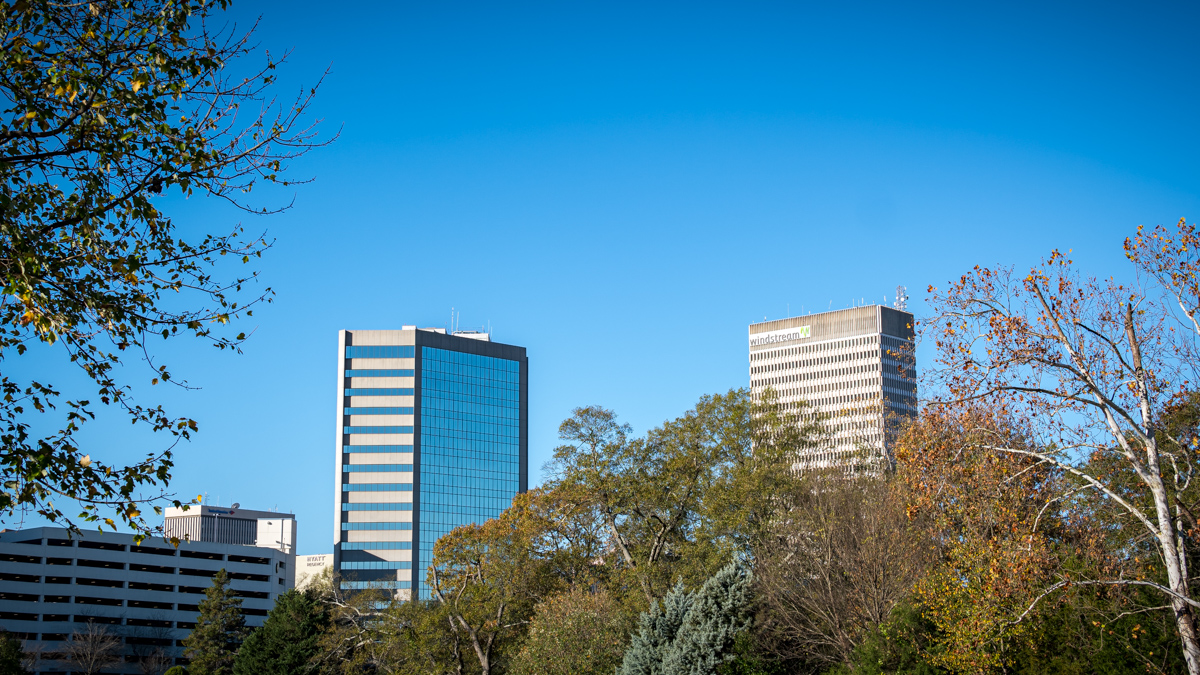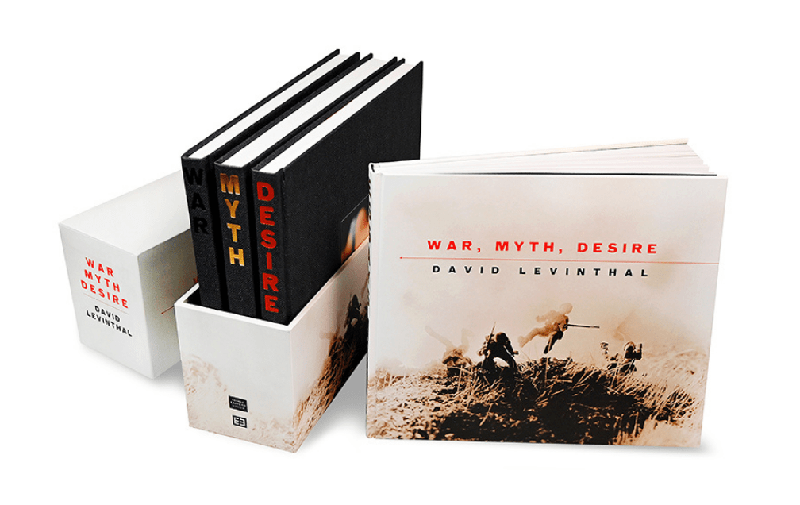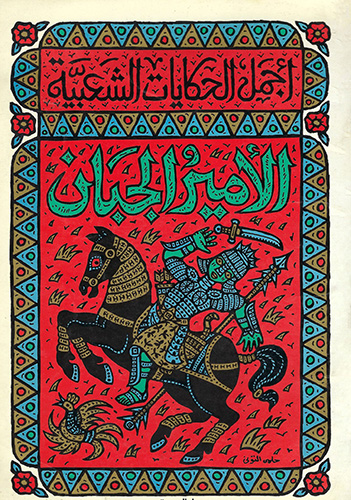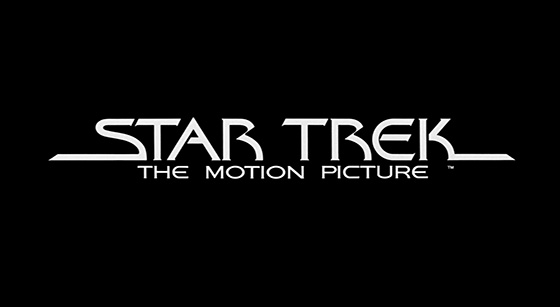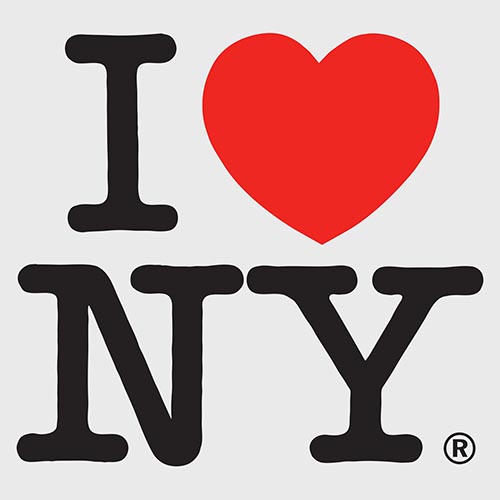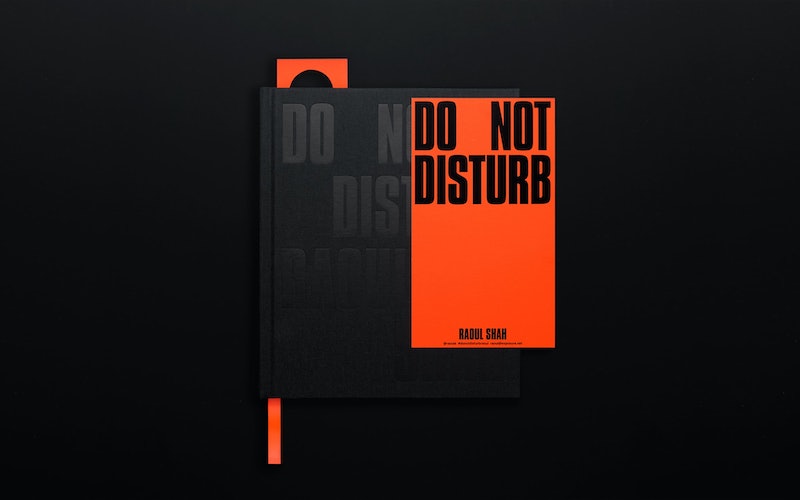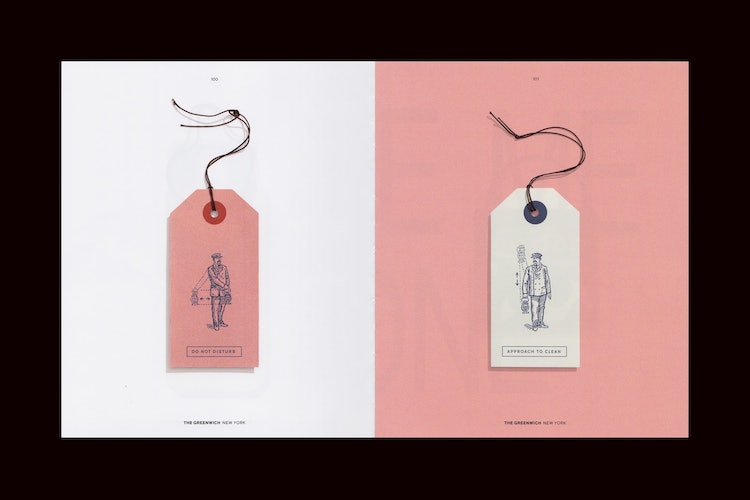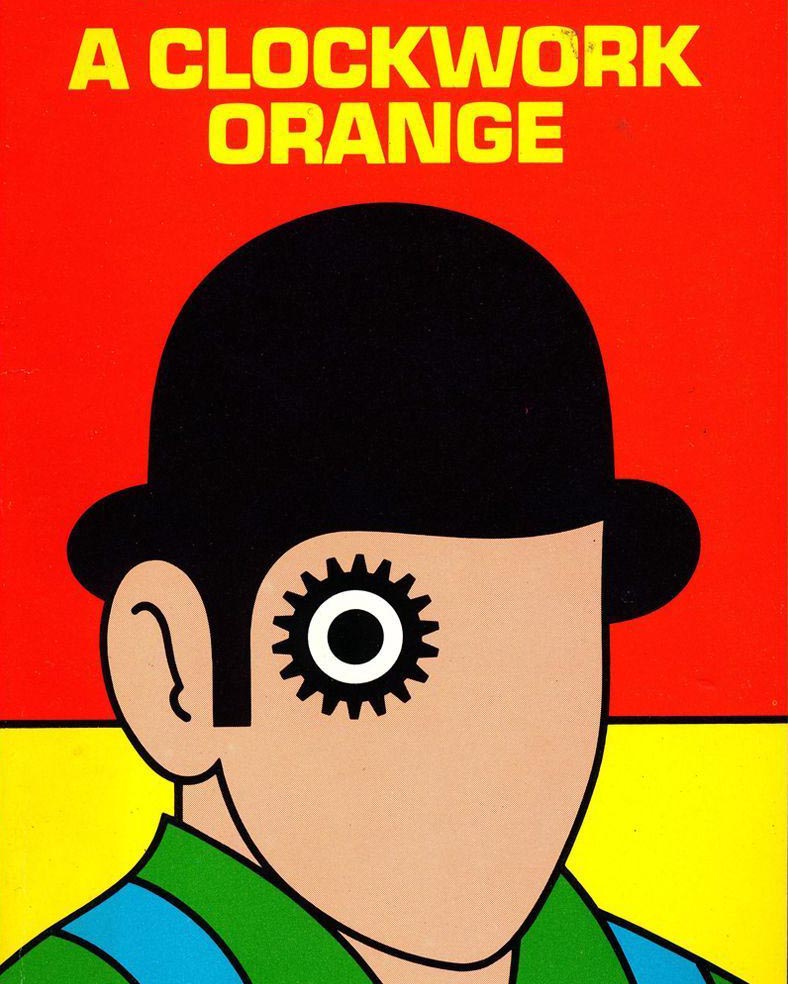In fact, for all his acclaim in the field of book design, Mendelsund himself isn’t particularly fond of book covers, generally seeing them as an impediment that inevitably colors a reader’s perception of a book. “As much as I love book covers — I love making them, it’s fun — I don’t love the fact that there’s somebody between me and the text.”
These days, actually, the renowned book designer who never wanted to be a book designer tends to simply rip the covers off his books altogether. “If it’s a paperback, I’ll rip the cover off,” he says. “The books that are most important to me in my life don’t have covers on them.”
I didn’t know Peter Mendelsund’s name off the top of my head [Memory not what it used to be? —Ed.], but we’re sure familiar with his work, such as The Girl with the Dragon Tattoo and the Atlantic’s recent redesign. And what an interesting relationship with book design he has. Read more

